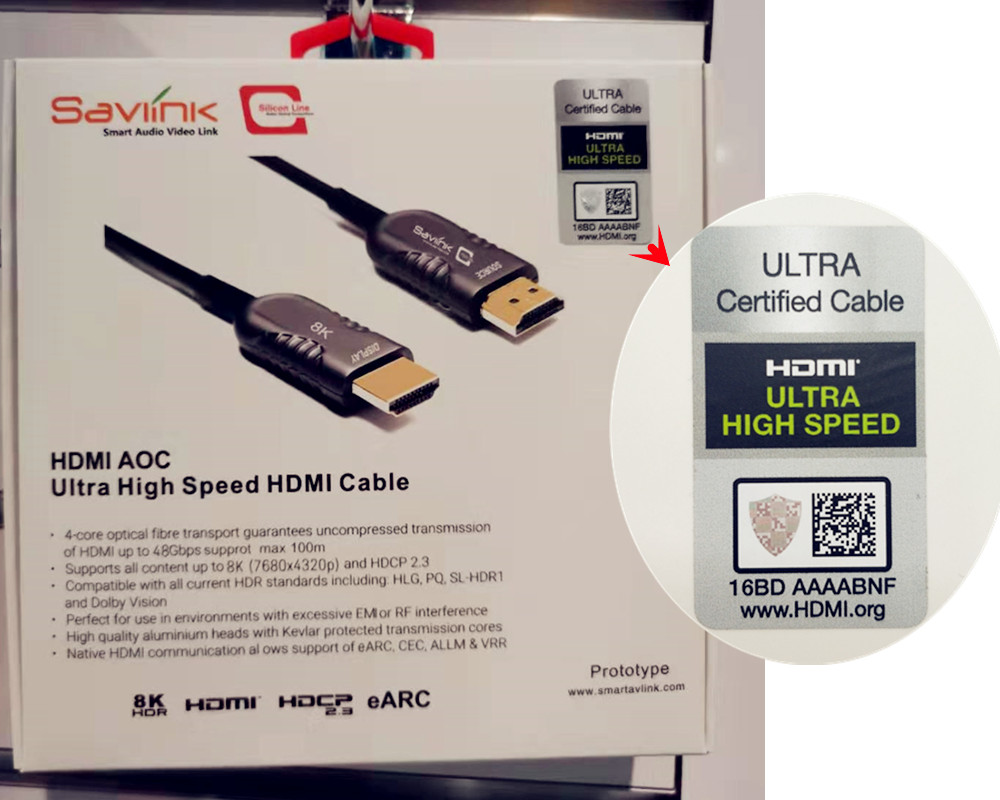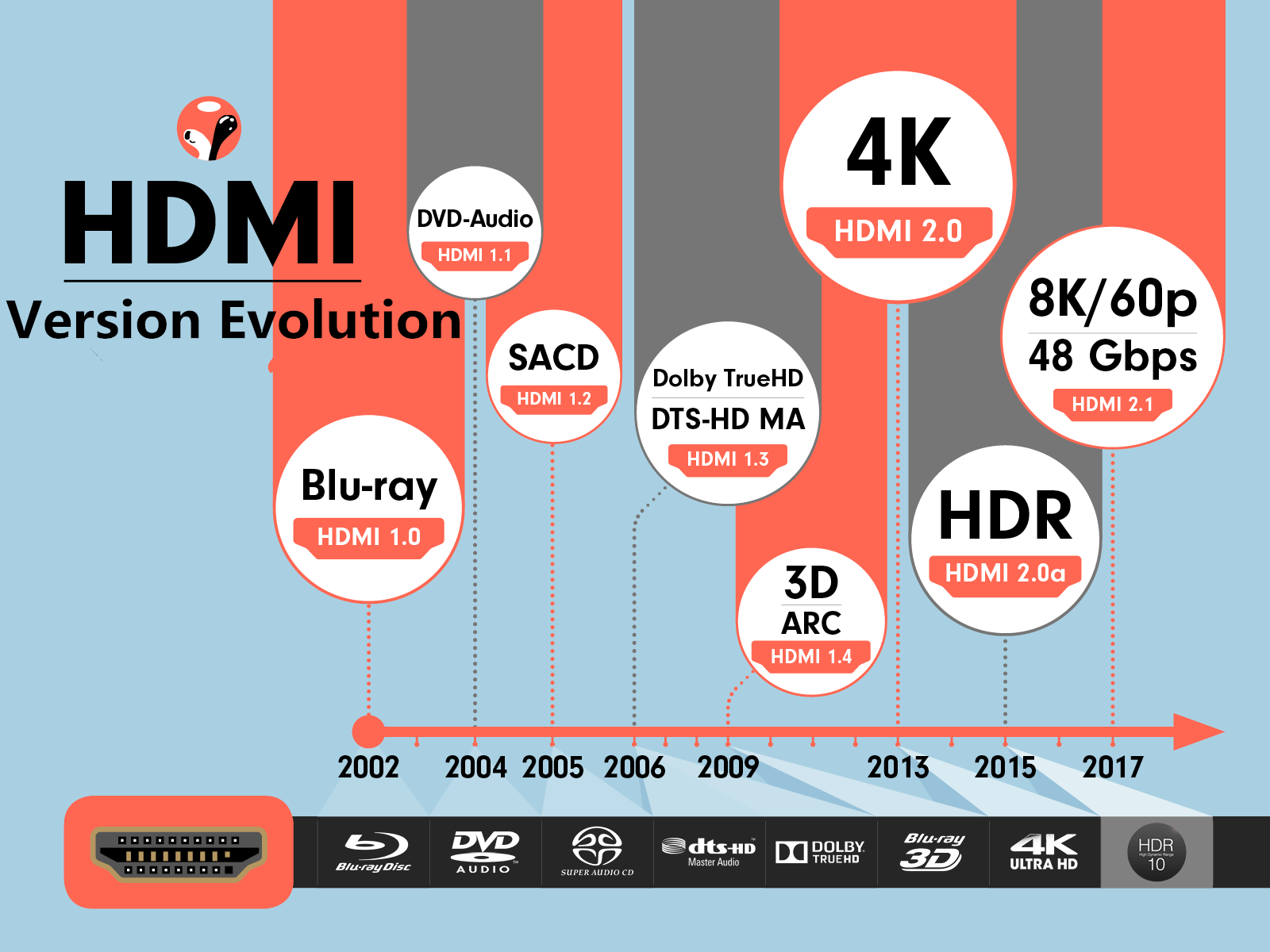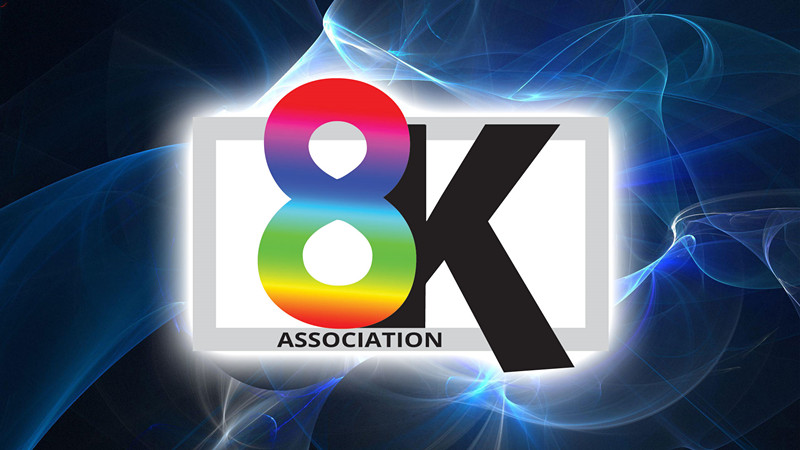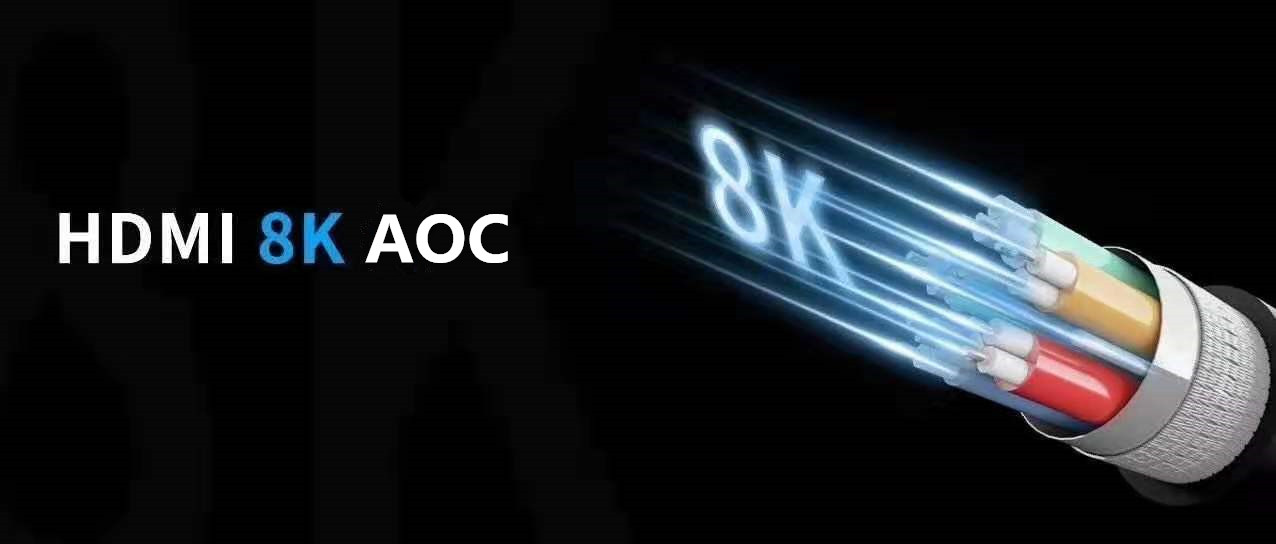HDMI Forum launches Ultra High Speed cable certification during CES 2020. The certification covers 4K and 8K video, HDR, VRR, eARC and all other HDMI 2.1 features, including tests that meet current EMI requirements and minimize wireless interference. . All cables of any length must pass the certification test of the HDMI Authorized Test Center (ATC) to be certified. After obtaining certification, each package of the cable should be affixed with an Ultra High Speed certification label to show consumers the certification status of the product. At the same time, the official icon is released, and the certified wire will have new icons with holograms and QR codes to help consumers identify high-quality wires and avoid buying fake wires.

For more information on Ultra High Speed cables, visit the HDMI website: https://www.hdmi.org/spec21Sub/UltraHighSpeedCable
David Glen, Chairman of the HDMI Forum, said: Ultra-high-speed HDMI cables are the only way to ensure that all the features and functions of the HDMI 2.1 specification are passed from the source device to the display device, ensuring that the ultra-high-speed HDMI cables comply with the HDMI 2.1 specification for the HDMI ecosystem. The mandatory certification requirements of the HDMI Forum that apply only to ATC are designed to ensure that cables comply with the HDMI 2.1 specification. The anti-counterfeit ultra-high-speed HDMI certification label and its scan results provide visible verification that the product is compliant with the HDMI certification.
Since the release of the 1.0 version of the HDMI in 2002, it has undergone several minor upgrades in 15 years, but the HDMI 2.0 standard upgrade span introduced in 2013 was the most significant. HDMI 2.1 is switching to a new signal system called FRL (Fixed Rate Link), which will replace TMDS (Minimum Transmission Differential Signaling) in HDMI 2.0, which is why new cables are required to use HDMI 2.1 functionality. HDMI 2.1 The cable is backward compatible with HDMI 2.0.

The 8K resolution of HDMI 2.1, which is 7680 × 4320 pixels, is 4 times the resolution of 4K. From HD to 4K, 8K Ultra HD, the resolution of each frame of the picture is increased from 1920 × 1080 (about 2.07 million pixels) to 3840 × 2160. (Approximately 8.29 million pixels) and 7680 × 4320 (approximately 33.86 million pixels). With the advent of 8K, the video stream bandwidth requirements have increased from 2M in SD, 8M in HD, and 30-50M in 4K to over 80M. High-definition video terminal presentation devices include TVs, set-top boxes, tablets, mobile phones, VR / AR devices, etc., which are all applications of the HDMI interface. At present, about 9 billion products worldwide support HDMI, including TVs, set-top boxes, tablets, and mobile phones. , VR / AR equipment, and more than 1,700 members of the HDMI Forum, of which 40% are Chinese manufacturers. It is conceivable that this huge market demand, with the new ultra-high-speed HDMI cable certification introduced by the HDMI Association at CES The plan and the latest developments and market adoption of HDMI 2.1 will smoothly put high-quality ultra-high-speed HDMI 2.1 cables on the market and support 4K and 8K video, HDR, VRR, eARC, and all other HDMI 2.1 features. It is reported that the 2020 Tokyo Olympic Games will be broadcast at 8K resolution throughout, and then it will be the time to reflect the true advantages of HDMI 2.1, and the prospects are bright.

Smartavlink HDMI 2.1 / 8K cable can pass true 8K TV source true 8K TV test, supports up to 7,680 × 4,320 / 60Hz (8K @ 60Hz) image and dynamic HDR technology, can ensure that every scene and even every frame of video is displayed Depth of field, detail, brightness, contrast ideal value, and wider color gamut, the transmission quality is widely recognized in the industry.

